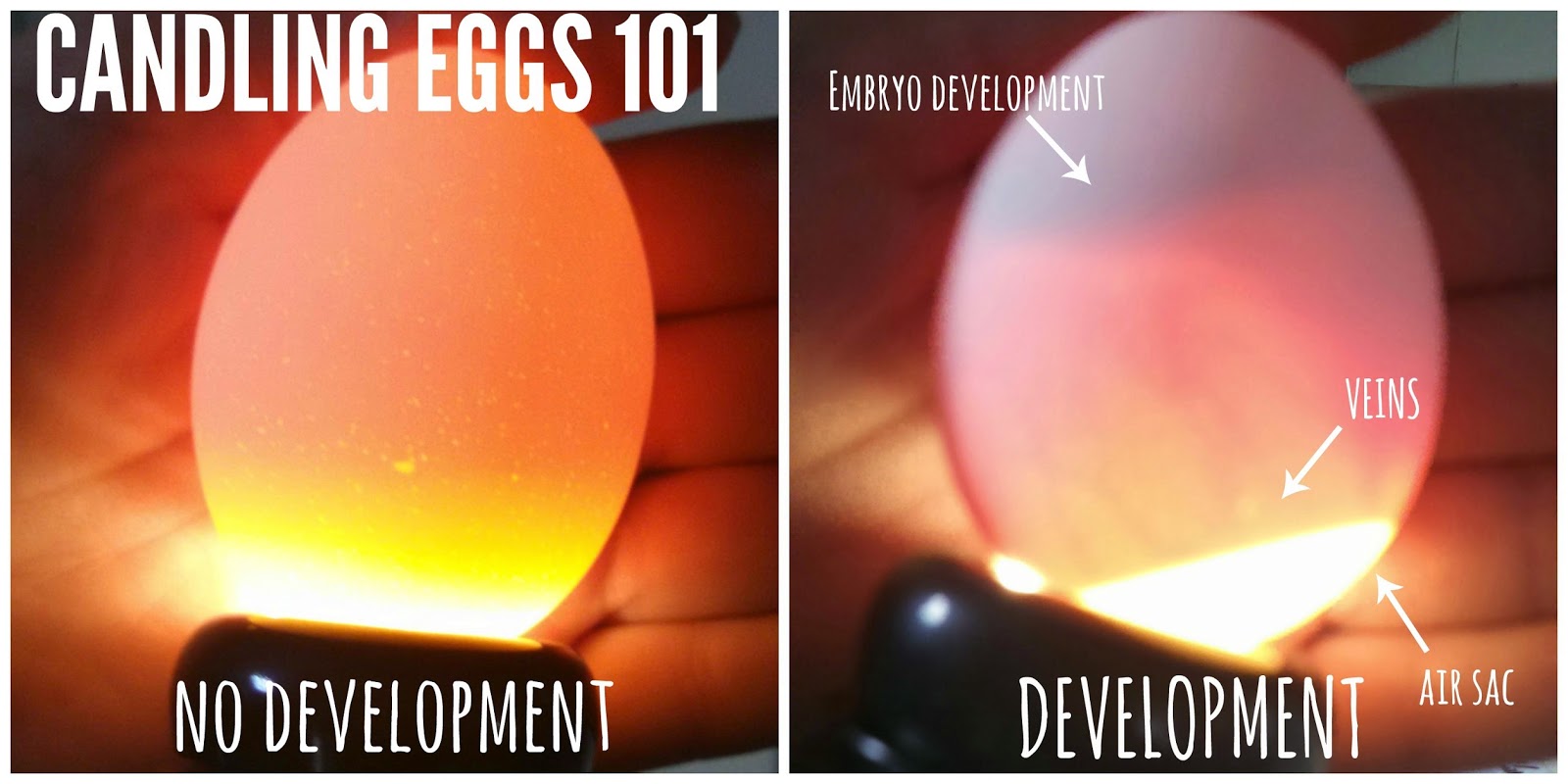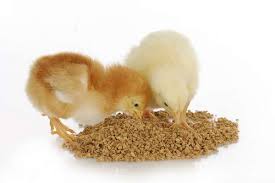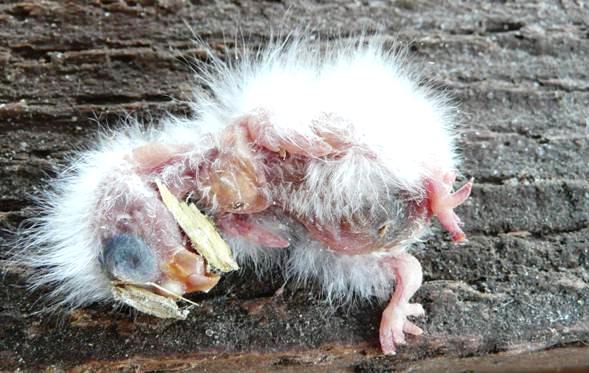In this blog post, you get to learn how to hatch chicks naturally using a brooding hen-from selecting fertile eggs to manage the mother hen and eventually caring for the hatched chicks. Other frequently asked questions were also addressed.
I would recall the first time my aunt, who rear local chickens attempted to hatch a few fertile eggs (given to her by a friend) with a brooding hen among her flock. We were all curious and anxious at the prospect of owning a foreign breed among the flock. To cut everything short, while the local eggs were hatching, our long-awaited foreign eggs didn’t hatch. We were disappointed, especially my aunt, because she was so committed.
However, as time passed by, we came to realize the reasons why our foreign eggs didn’t hatch with the local eggs. Reasons range from improper temperature and humidity, quality of eggs, testing for spoilt eggs, poor storage conditions, and so on.
Subsequently, our next experiment on how to hatch chicks naturally was successful after taking some major steps and corrections, which I am going to share with you on this article. Although this method is suitable for backyard or small farm owners who have few eggs and want to save cost, commercial farmers usually make use of incubators.
LET GET DOWN TO BUSINESS
The following steps below will guide you on how to hatch chicks naturally.
1. Selecting eggs for hatching: Only healthy, vigorous cocks and hens can produce eggs that will hatch good chicks capable of growing up into good adult birds. Surprisingly, the selection of a good cock is far more important as it is the more prolific parent.
However, if you cannot cross-breed it yourself, you can get fertile eggs from your local markets. You should take note of the following while selecting your eggs:
Quality smooth eggs
- Pick eggs of regular shape, smooth-shelled, and free from hard-sandy little lumps.
- Make sure the eggs come from hens that possess the character of your interest, that is, if you are interested in layers, your eggs should come from a prolific laying breed.
- Don’t buy eggs kept for more than a week, especially in the tropics, they are not satisfactory for hatching purposes.
- Store the eggs in a room with moderate temperature with little or no fluctuation.
Step:2. How to naturally incubate chicken eggs
Once you have your eggs - you need to decide if you are going to incubate them underneath a hen, commonly called the ‘broody’, or using an artificial method known as the incubator. To incubate an egg naturally, you will need to have a broody hen for a full three weeks.
Note: The hen’s eggs take 21 days to hatch out; duck eggs 28 to 30; and turkey and guinea-fowl eggs 28 days.
THE BROODY HEN –WHAT BREEDS ARE BORN MOTHERS?
Local hens, like the Fulani ecotypes and Yoruba ecotypes in Nigeria, frequently go broody and make excellent mothers. There are other good exotic or foreign breeds like the Asil, Barnevelder, Brahma, Cochin, Silkie, Sussex, Australorp, just to mention a few. Least I forget, it is generally useless to attempt to hatch out eggs with any of the light breeds such as the Leghorn.
Now, you have selected your breeds. The next step is how do you know a hen is broody or not?
4 SIGNS TO IDENTIFY A BROODY HEN
- She visits the nest frequently. Sometimes, she stays in her nest all-day
- She will normally become very territorial over her nest- this includes puffing her feathers out and squawking at anything that tries to get near her.
- She will peck and try to bite you if you try to move her, so make sure to wear gloves if you need to move her.
- She may also pick out her breast feathers so the heat from her body is transferred to the eggs.
A Black Australorp Broody hen sitting on her eggs
What do you do if you don’t have a broody hen in your coop?
Do you know you can artificially make a hen go broody?
How to make your hens go broody
- Purchase artificial eggs from your local market
- Place several of the artificial eggs in the nest and leave them for an extended period
- Make the nest accessible to the hen- it might move on and off the nest for longer and longer periods. Finally, she might stay on the nest for at least 24 hours, and then she is broody.
Now, you just need to place some real eggs under her to hatch! Mark the date and start your 21 days count down. The next step is to prepare a cozy nest for the broody he
Step 3: Prepare a Separate Nest for the Becoming Mother Hen
A hen left to herself will choose a quiet place to lay her eggs. Generally, she makes her nest on the ground among some grasses or leaves in a shady place.
Unless disturbed by some predators, she usually has a very successful hatch, but disasters happen so often that it is not safe to allow a hen to sit in the bush. Therefore, you have to prepare a separate nest for the becoming mother hen.
It is very easy to make a suitable nest for your broody hen to hatch out her eggs in a safe place, but the following points should be noted.
- Make a high nest box: Broody hen in a high nest box is most appropriate to avoid predators like snake, rats, and driver ants.
- Place the nest in a room or shed where it could get plenty of fresh air and at the same time prevent harsh weather.
- Place a grass or sand to mimic the natural habitat for an optimum outcome (Sand is better than grass because it retains moisture ).
- In case you are making your nest out of clay, the clay should be hollowed out like a saucer to fit the broody hen. Don’t forget to place grass over the earth, to make the nest comfortable
.
A three-compartment woody nest box with a Plymouth broody hen
Broody local hens are such good sitters that they generally settle down happily at any time of the day in a nest prepared for them, but you can be more certain that they will scale down well at night.
Your next question could be, how many eggs can a broody hen hatch?
The number of eggs that a broody hen can hatch depends on the size of the hen and the size of the eggs. A small local hen can cover only about twelve Leghorn eggs, but a large Rhode Island Red can cover eighteen local hen’s eggs easily if the nest is well made.
Bear in mind that If too many eggs are given to a broody hen, they cannot all be kept warm enough to hatch.

It’s getting exciting, isn’t it? Now you have to take care of the broody hen.
Step 4: Broody Hen Management
Your broody hen must be a perfectly healthy hen, free from lice and skin diseases. If you noticed that your sitting hen is troubled by lice or mite, do ensure she gets dusted with lice or mite powder.
Note: Broody hen with the mite can transfer the same to her chicks.
Except on the first day, allow the broody hen off her nest in search of food, water, and exercise. In the tropics, she can remain off the nest an hour or more without harm to the eggs, but half an hour is better at the beginning of the hatching period.
It is good you allow your broody hen to sit on her eggs after been well fed the same day, e.g, on grains such as maize, guinea corn, or millet in the evening. Thereafter, the feeding should be done at a fixed time daily, so that the hen can go out to feed and take some exercise.
Broody hen with feed and water
Always place freshwater near her nest, and a dust-bath provide if possible. Sometimes, you can leave the feed near the nest so that she can feed at any time she likes. In some cases, it may be necessary you lift the hen out of the nest once a day, if she does not get out by herself, so that she can feed.
Step 5: Testing eggs
While you take care of your broody hen, you might also want to test the eggs for fertility and spoilage within the 21 days.
Not all eggs put under a hen can be expected to hatch. Some are infertile while in some, the germ is so weak that it hardly develops at all. Sometimes the yolk is broken, or the chick develops for a time then dies before hatching.
How to test for egg fertility
Take all the eggs from the nest into a dark room with a bright light shining only through a hole (slightly smaller than an egg). Hold the egg against the bright light where the development of the germ can be seen. In a fertilized egg, a developing germ could be seen as a small dark patch with small spider-web lines around.

(a) (b)
(a) In the image, the Yolk cannot be seen as it is the opposite side but can sometimes be seen as a dark cloud toward the center of the egg.
(b) The Embryo is the dark patch in the center, blood vessels can also be seen. Notice the air sac at the top.
Mark all eggs if they are fertilized or unclear and lay them back into the nest. Get them back into the nest and repeat this step in about 3 or 4 days, if the unclear eggs still show nothing, throw them away.
Eggs with dead germ or chicks inside them give off a bad gas which will injure the live embryo chicks. It is wise you test the eggs twice during their brooding.
The usual practice is to test on the seventh and again on the fourteenth day. After testing the eggs on the fourteenth day, you can stop the broody hen management and wait for hatching.
Step 6:Hatching day (day 21 )
Don't disturb the hen, she has to remain calm and take care of the hatched chicks! The hen will leave the nest (and all remaining unhatched eggs) after 2-3 days.
NEVER TRY TO HELP A CHICK OUT OF THE SHELL - you may kill it since there are blood vessels on the inside of the shell that can get hurt and the poor chick dies by loss of blood.
You are almost there little Pipping
After the hen has left the nest, you can open the remaining eggs, but if you do that, you could kill a weak or disabled chick. The best thing to do is to leave it up to nature, as hard as it sounds!
7. Feeding chicks from day one
Feed the chicks as soon as they can eat, that is about 24 hours after hatching. Chicks require food of good quality rich in proteins and minerals as well as a small supply of milk. The feed should be well-grinded to be small enough for the chicks to swallow.
Mother hen and her chicks feeding
If you have any fermented fruits, kitchen waste you can feed it to them- as a source of organic vitamins
Absolute cleanliness is essential in feeding-troughs, water dishes, etc., if digestive troubles are to be avoided.
Chicks do well on all-mash feed. Some form of proteinous food such as fish or meat scraps should be added. Chicks’ mash is sold in bags that carry the label by commercial poultry feed manufacturers.

Chicks feeding on mash feed
Also read : 8 Best poultry feeds in Nigeria with their prices for optimal birds' growth
When can hen and chicks go outside?
One week after hatching provided you put the newly hatched chicks and their mother in a well-protected coop and run. I recommend you place the coop and run on a grassy lawn if possible because they are more suitable for rearing as there is plenty of green feed and small insects for the chicks to eat.
Mother hen and her chicks on forage
It is important you move the coop and run to fresh ground daily, to avoid housing the chicks on the ground covered with poultry droppings and infested with parasite and worms.
When the chicks are 6 to 8 weeks old you can introduce them to other chickens and they may walk together in the yard. They are now strong enough.
Frequently asked questions (FAQ)
What are the causes of chick death before hatching?
The common causes of chick death before hatching are poor ventilation, improper humidity, and bacterial or viral infection
- Poor ventilation: If the ambient temperature is high and the nest box is too deep, this can lead to chick suffocation, even after cracking the shell. Make sure you build a nest that is not more than 6 inches high which will be placed in a well-ventilated area.
- Improper humidity: Hatchability requires certain humidity and temperature levels. If the broody hen is not a good sitter, she may frequently leave her nest, therefore, depriving the eggs of the optimal humidity and temperature to hatch.
- Bacterial or viral infection: Contamination may occur during candling and turning of eggs or by infected nest caused by dead or infertile eggs that are left inside near fertile eggs.
What are the causes of sudden death in chicks?

Dead chick
- Extreme cold can cause death by chilling, pneumonia, and suffocation.
- Extreme hotness can cause death by dehydration and heat exhaustion
- Fungal and bacterial infections can also cause death with no symptoms
- Pasting (poop caking the butt and eventually blocking waste) is unlikely but possible. It is commonly seen in broilers, but other breeds can have it too
Make sure you keep the hen and her chicks in the coop for about 6 to 10 days before introducing them to the rest of the flock. Within these days they should be able to grow enough feathers to protect them against harsh weather.
How do you tell if a chick has died in the egg?
- On the earlier stage, a lot of blood vessels are still visible when your candle, but the blood vessel will collapse if the chick has died. As long as you are still seeing blood vessels, it’s alive.
- Another way of knowing is in the last few days to hatching, you will see movement and at this stage, the chick is capable of producing some heat that can be felt when you hold the egg. If the chick has died, the egg will feel noticeably cooler than the others.
Do eggs get heavier before they hatch?
Eggs don’t usually feel heavier when they are about to hatch. The reason they may feel heavier to you is as the moisture inside the eggs evaporate and the air cell grows at one end, the matter inside the egg is no longer as evenly distributed as it was before incubation. This can make the egg feel heavier even though it is lighter.
Have you ever tried hatching eggs naturally? If yes, share your experience with us.
If you find this article helpful, please comment below, and share it with your friends. Thanks.
Need a website or other IT services? Visit our website!
Share on Twitter Share on Facebook
Comments
Folashade 5 years ago
Very helpful, nice job
Link | ReplySamuel Ezenwankwo 5 years ago
Thanks!
Link | ReplyMueka,Bariledum 4 years, 5 months ago
It was very helpful, thanks.Can broiler or cockreal birds be used as broder hens.
Link | ReplySamuel Ezenwankwo 4 years, 5 months ago
No, they cannot... they are mostly rear for meat production, Mr.Bariledum
Link | ReplyAbejoye 3 years, 11 months ago
Is the nest set up with aluminum frying pan ok for a brooder? I have one already before it's too late.
Link | ReplyAbejoye Rotimi 3 years, 11 months ago
Is a nest set up with aluminum frying pan ok? I have one already before it's too late.
Link | ReplySamuel Ezenwankwo 3 years, 10 months ago
I could prefer it to be a little bit deeper with some beddings like grass, rice bran, or woodshaving to serve as a cushion
Link | ReplyComment awaiting approval 2 years, 9 months ago
New Comment